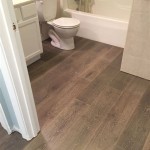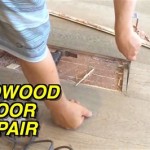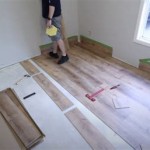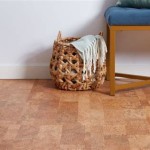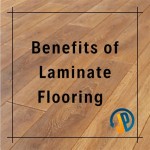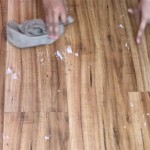Essential Considerations When Choosing Flooring Over Particle Board
Particle board, an engineered wood composite, is a common subflooring material. However, it can also serve as a base for various flooring options. Understanding the properties of particle board and selecting suitable flooring is crucial for successful installation and long-term performance.
Assessing Particle Board Subfloors
Before choosing flooring, assess the condition of the particle board subfloor. Ensure it is level, stable, and free of moisture. Uneven surfaces, loose panels, or dampness can compromise the installation and durability of the new flooring.
Types of Flooring Suitable for Particle Board
Several types of flooring can be installed over particle board, including:
- Laminate Flooring: A durable and affordable option that mimics the look of wood, stone, or tile.
- Vinyl Flooring: Available in various formats, including sheets, tiles, and planks. It is water-resistant, easy to maintain, and offers a wide range of designs.
- Engineered Hardwood Flooring: A multi-layer flooring consisting of a hardwood veneer over a plywood or HDF core. It is dimensionally stable and can handle moderate moisture.
- Carpet: A soft and comfortable flooring option that absorbs sound and adds warmth. It requires regular vacuuming and professional cleaning to maintain its appearance.
Installation Considerations
When installing flooring over particle board, consider the following:
- Underlayment: An underlayment layer between the particle board and the new flooring provides additional cushioning, moisture protection, and sound absorption.
- Adhesive or Nails: Some flooring types require adhesive or nails for installation, while others use a locking system.
- Expansion Gaps: Leave expansion gaps around the perimeter of the room to allow for natural expansion and contraction of the flooring.
Additional Tips for Success
To ensure a successful flooring installation over particle board, follow these tips:
- Test the particle board for moisture before installation.
- Use an underlayment that is appropriate for the type of flooring being installed.
- Follow the manufacturer's instructions for installation and maintenance.
- Consider the intended use of the space and choose flooring that is suitable for the traffic and wear it will experience.
Conclusion
Choosing the right flooring for particle board requires careful consideration of the subfloor's condition, the desired flooring type, and proper installation techniques. By understanding the essential aspects discussed above, you can select and install flooring over particle board that meets your needs and enhances the aesthetics and functionality of your space.

Particle Board As A Flooring Solution

How To Lay Vinyl Tile Over Particle Board Ehow

Subfloor Options Osb Vs Particle Board New Floors Inc

Why Particle Board Subfloors Are Bad Chris Loves Julia

Why Particle Board Subfloors Are Bad Chris Loves Julia

Diy Painted Osb Floors Mmmm Teal Dans Le Lakehouse

Subfloor Options Osb Vs Particle Board New Floors Inc

How To Prevent Flooring Problems Prior Installation

Why Particle Board Subfloors Are Bad Chris Loves Julia
New Plywood Old Particle Board Gaps And Vinyl Tile Ceramica Help Diy Home Improvement Forum
See Also
